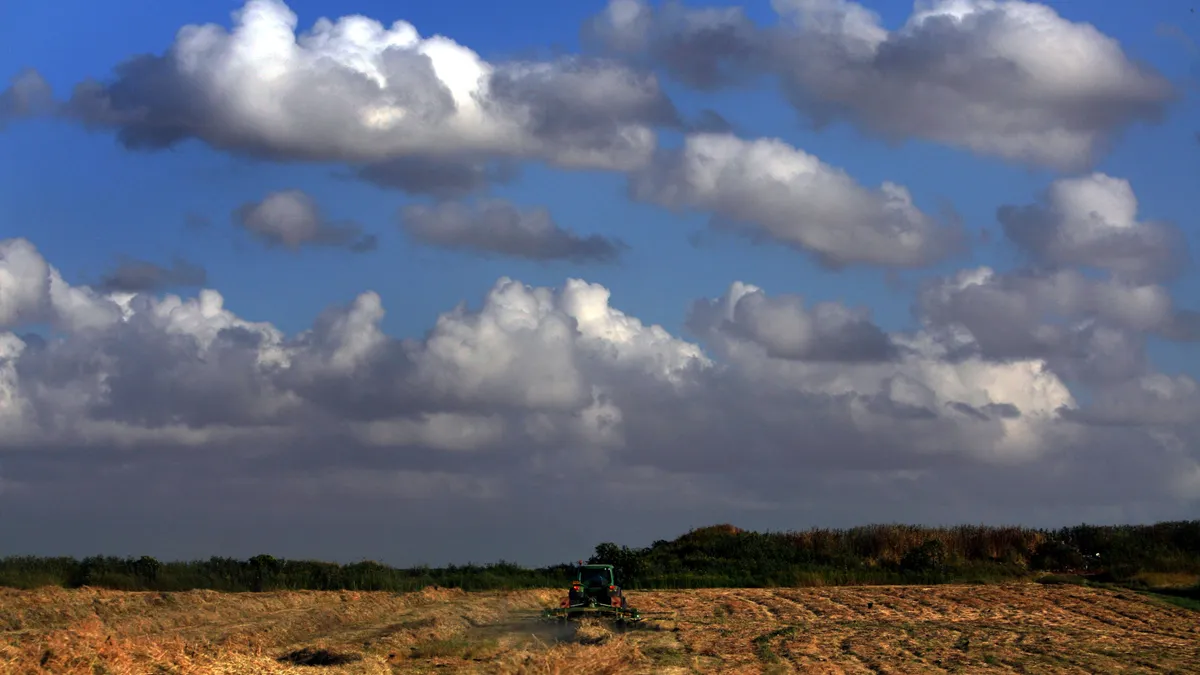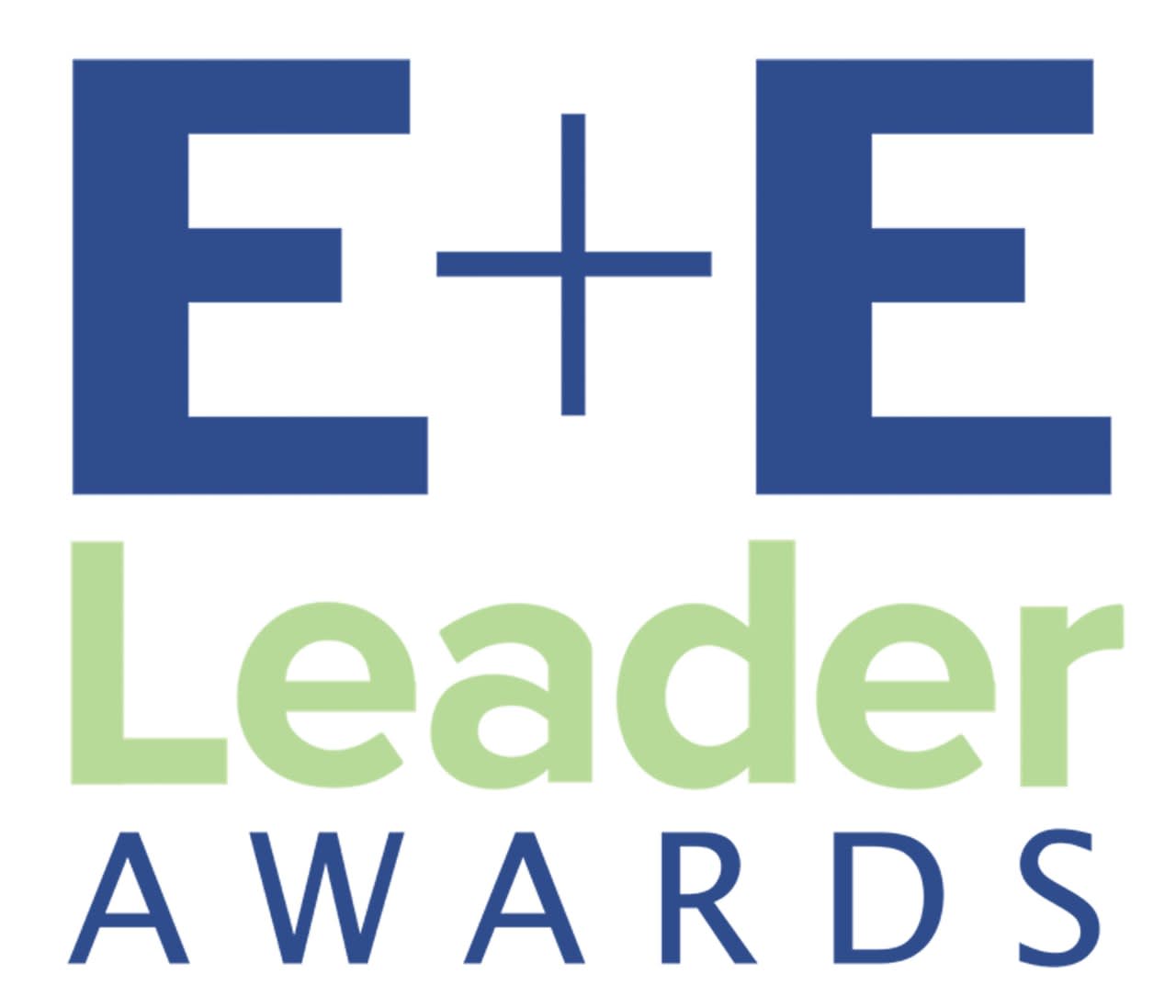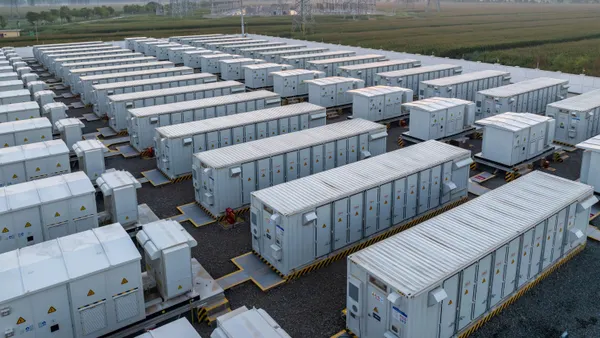Dive Brief:
-
The U.S. Department of Agriculture is countering a widely-circulated report claiming that the majority of agency funds for sustainable agriculture go toward activities with no real climate benefit.
-
The Environmental Working Group recently released a report challenging the merit of USDA’s newly designated climate-smart conservation practices. The investigation found that only 31% of funds under the Environmental Quality Incentives Program went toward cover cropping and other projects known to reduce emissions, with most money going to unrelated activities like fencing, irrigation or livestock waste management.
-
USDA spokesperson Allan Rodriguez said in an email to Agriculture Dive that the analysis, which has been covered in mainstream outlets like NPR and The New York Times, is "flawed" and failed to account for the agency’s science-based methodology when determining what should receive funding.
Dive Insight:
The Biden administration set out to make U.S. farmers central in its plans to address the climate crisis, allocating billions of dollars through the Inflation Reduction Act to support farm techniques that store carbon in the soil and lower emissions.
As part of the Act, $19.5 billion last year went to fund climate-smart practices in conservation programs such as EQIP, one of USDA’s tentpole initiatives.
However, a recent expansion of the practices eligible for conservation funding has created consternation among environmental groups who worry that many of the newly-approved activities either don't address climate change or actively increase emissions.
USDA’s new list adds 15 practices for conservation funding in fiscal year 2024, with more than half relating to livestock or irrigation management, including waste storage facilities and sprinkler systems.
"[USDA] has decided to create an alternate reality where certain farming practices are called ‘climate-smart’ without data to support that designation – corrupting efforts both to reduce agricultural emissions and to accurately measure what taxpayers are getting for their money,” EWG Midwest director Anne Schechinger, an agricultural economist who conducted the analysis, said in a statement.
USDA disagrees with EWG’s analysis, with Rodriguez saying the findings are “flawed, speculative, and rest on incorrect assumptions around USDA’s selection of climate-smart practices.”
USDA uses a "rigorous, science-based methodology" to determine eligible practices, Rodriguez said. Newly eligible practices are also considered provisional as the agency monitors quantitative benefits.
EWG's report also “severely overestimates” the expected funding of several practices and ignores specifics on how each item qualifies for aid, Rodgriguez added. For example, waste storage structures are only eligible when implementing a compost-bedded pack barn design. Roofs and covers can only receive funding when used to capture biogas.
"USDA has been dedicated to advancing climate-smart agriculture practices that help to reduce greenhouse gas emissions and sequester carbon, and supporting their adoption by producers across the country," Rodriguez said.
Sarah Zimmerman contributed to this story.












